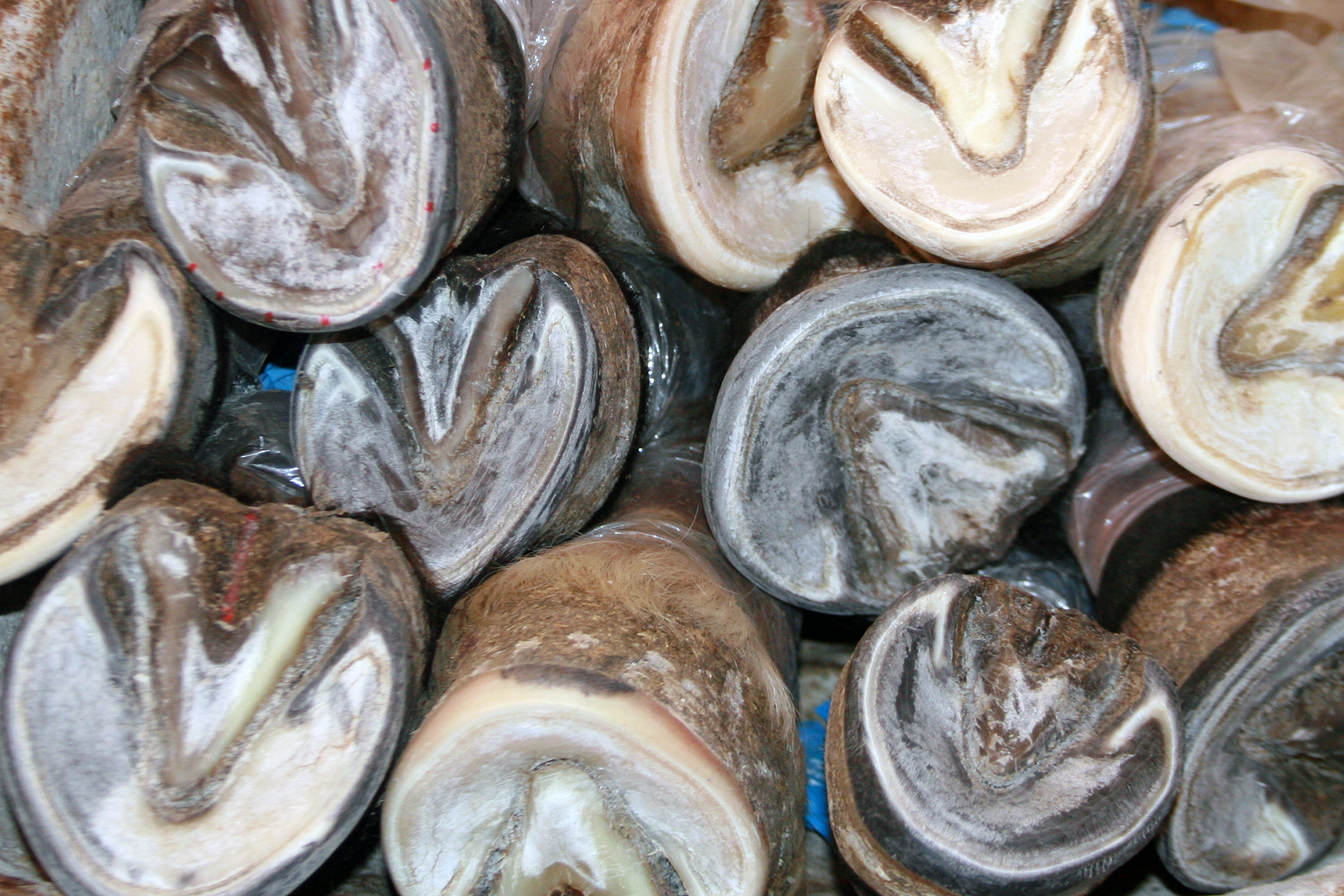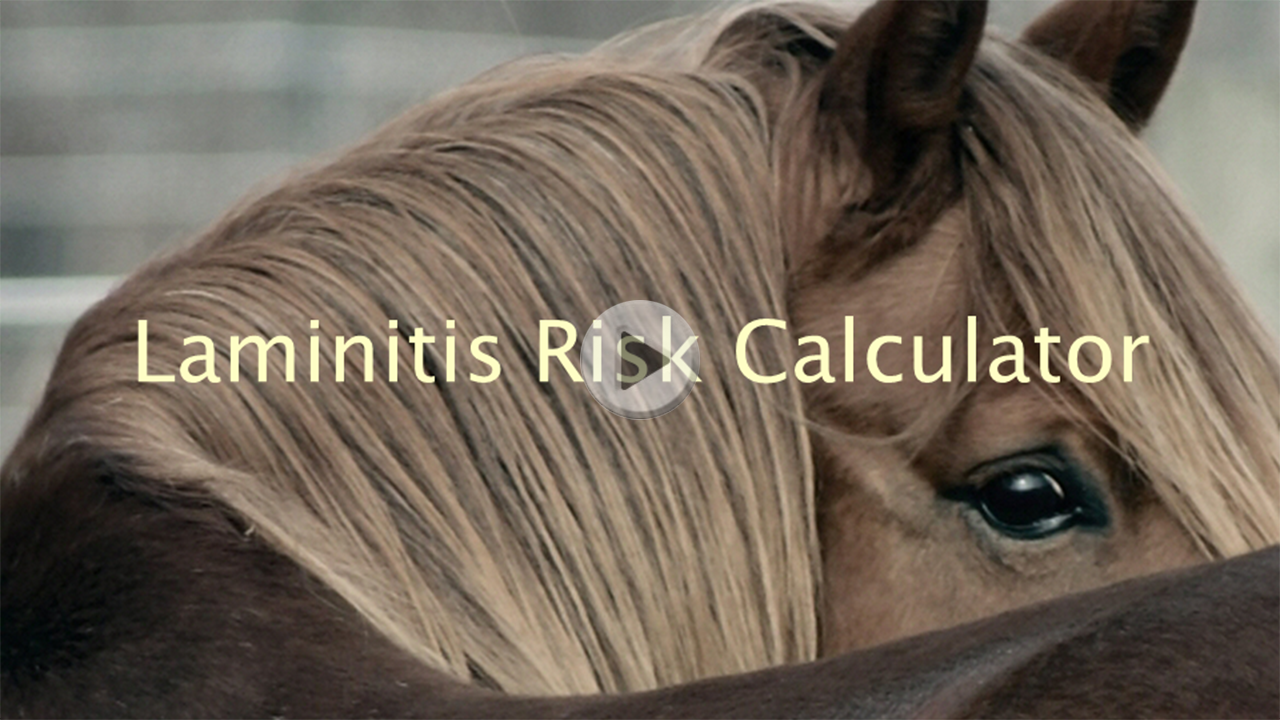As I’ve acknowledged before, one of the best things about my life has always been the opportunity to both teach and learn, and our recent Liberated Horsemanship clinic in La Llacuna, Spain was no exception. With people gathered from Spain, France, Austria, Russia, England, Scotland, and, of course, the United States, we all had a marvelous time seeing, hearing, and sharing with some top-notch presenters and students on a wide range of topics. But now that I’m back home, I need to mention an important update to my writing on a subject very near and dear to the hearts of most horse owners this time of year: laminitis.
Laminitis is a particularly serious and painful condition and is the number 2 killer of horses, so if you’re not particularly familiar with it, I’d recommend you first read my previous posts on the subject:
As some of you know, last year I released an iPhone app to help horse owners assess the risk of their horses developing laminitis based on the work of Dr. Don Walsh, Director of the Animal Health Foundation and the veterinarian who authored a paper entitled Field Treatment and Management of Endocrinopathic Laminitis in Horses and Ponies. Shortly after the app was released, however, Don called to tell me he was very excited about the app but had noticed it was using the average caloric content values for grass given in his paper as if they were dry weight values, and not the grass-plus-moisture-content values I had assumed when I wrote the iPhone app as well as both the free Laminitis Risk Calculator spreadsheet and the Is Your Horse Eating Too Much? charts found under Tools in the sidebar. That meant that all 3 items were overestimating the number of grass calories your horse is consuming by a considerable amount!
And so, after consulting with a couple of my nutritionist colleagues at the university, plus some very helpful advice from Paul Sirois of Dairy One/Equi-Analytical, I revised all of them to use a “wet weight” equivalent of 20% of the dry weight grass calories. Arguably, it may be even smaller than that, but the experts feel it’s a defensible number that errs, if at all, on the conservative side. In other words, it’s a value that represents the “worst-case” situation for your horse. So the prediction of whether or not your horse is at high risk for suffering an episode of laminitis would almost certainly err on the side of caution, telling you your horse is at risk when he’s really not, rather than tell you he’s not when he really is! But after I rewrote the app code, I then spent a frustrating year trying to get the company who compiles my code for the Mac (I’m a PC guy) and actually posts it to the App Store to get the app updated. It’s now finally happened, so if you’ve purchased the app you’ll see an Update appear in the App Store. And if you’ve downloaded either the MS Excel spreadsheet or the graph, please download them again. You can watch the video about the LRC app by clicking on the image below –
I’ll also mention again that this app is a great help in quickly calculating the amount of calories a horse requires to maintain body weight for a particular work load, which makes it very easy to see how changes in feed, hay, and amount of pasture time affect his caloric intake. It makes planning and adjusting every horse’s diet a straightforward task, not just the ones where there are possible laminitis concerns. And if you don’t have an iPhone, you can still take advantage of the same information for free with either the Laminitis Risk Calculator for MS Excel or the caloric intake and requirement charts in Is Your Horse Eating Too Much?
I sincerely hope you’ll consider using one of these tools to help manage your horses’ diet and reduce his risk of suffering from the terrible pain of laminitis. Back to my The Myth of the Heel-First Landing series soon…

